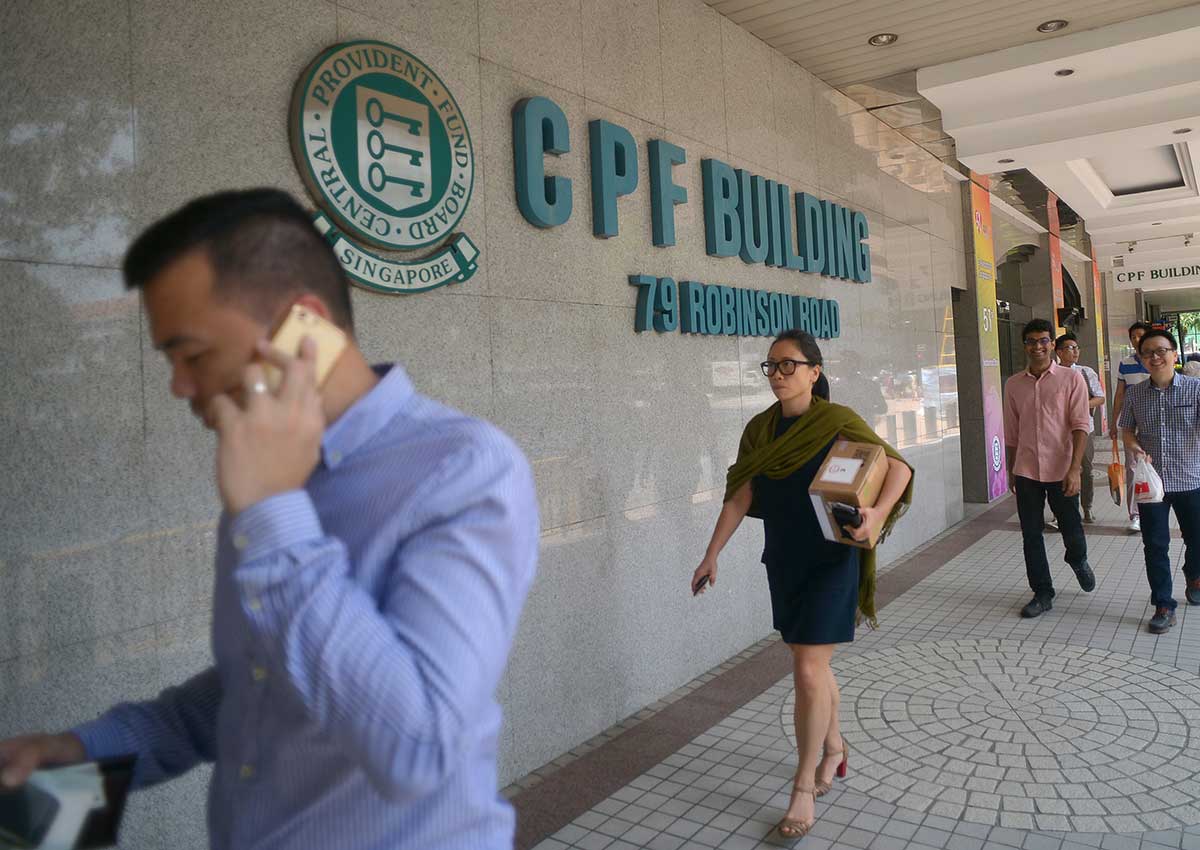The Central Provident Fund (CPF) system has its share of detractors among Singaporeans but, overseas, it attracts a lot of positive attention.
This puzzling fact could be because Singaporeans do not realise they really have a good deal, says finance professor Benedict Koh, a member of the advisory panel that studied ways to improve the scheme.
He tells Insight in a recent panel discussion: “I present papers at international conferences. You won’t believe what people say: ‘Can I invest in your account?’. ‘Can foreigners buy it?’.”
Many people here are not aware that a 4 to 5 per cent interest rate guaranteed by a government with a triple-A credit rating – the highest rating – is simply unique, says Prof Koh, who is associate dean of the Singapore Management University Lee Kong Chian School of Business.
CPF savings currently accumulate interest of between 2.5 and 6 per cent, including additional interest on lower balances as well as for older members.
There is a legislated minimum interest of 2.5 per cent per year on Ordinary Account savings, but the rate will follow the three-month average of major local banks’ interest rates if that is higher.
For the July to September CPF interest rates, the latter was calculated from February to April and was only 0.24 per cent.
The interest rates on the Special, Medisave and Retirement accounts are pegged at 1 percentage point above the 12-month average yield of 10-year Singapore Government Securities, or 4 per cent, whichever is higher. But there is a limit to what people can expect from the system, because it must be a sustainable one, say Prof Koh and panel chairman Tan Chorh Chuan.
For instance, it is not advisable to extend the extra 1 percentage point interest on the first $60,000 of balances to a higher limit because, “eventually, someone would have to pay for that”, says Professor Tan.
Prof Koh adds: “You cannot guarantee paying interest on a risk-free asset that is permanently higher than the market rates. For a country like ours with limited financial resources, it’s not a prudent thing to do. I teach finance and my message in the first class is always ‘There is no free lunch’. You cannot want high returns and not take risks, you will never find such a financial product.”
For those who do have a higher risk appetite, but lack the time and expertise to actively manage investments, the panel recommended introducing a new Lifetime Retirement Investment Scheme to give members more options.
VIEWING IT AS A WHOLE
But if the system is so good, why do some people clamour to take as much money out of it as they can?
One reason could be that people tend to view the CPF system in fragments rather than as a whole retirement savings plan, says fellow advisory panel member Christopher Tan, chief executive of financial advisory Providend.
Looking at it in parts, people see that they put their money in when they are young, and when they want to take it all out at 55 they are unable to, and at 65 they try again and can withdraw only a portion.
In fact, it is similar to what people sign up for with conventional retirement plans offered by insurance companies, he says, where “you don’t take the money out early, and when you reach the age of 55 or 60 if you don’t take out a lump sum they pay it out as an annuity”.
In CPF Life, money that is in the Retirement Account when members choose to start getting monthly payouts is used as the premium for the annuity that provides the payouts.
“So if people see that connection and they see this like a retirement plan, if you look at CPF like another provider and compare all the products between the providers right now, it’s the best retirement plan you can find, really,” he said.
joseow@sph.com.sg

This article was first published on AUG 28, 2016.
Get a copy of The Straits Times or go to straitstimes.com for more stories.






